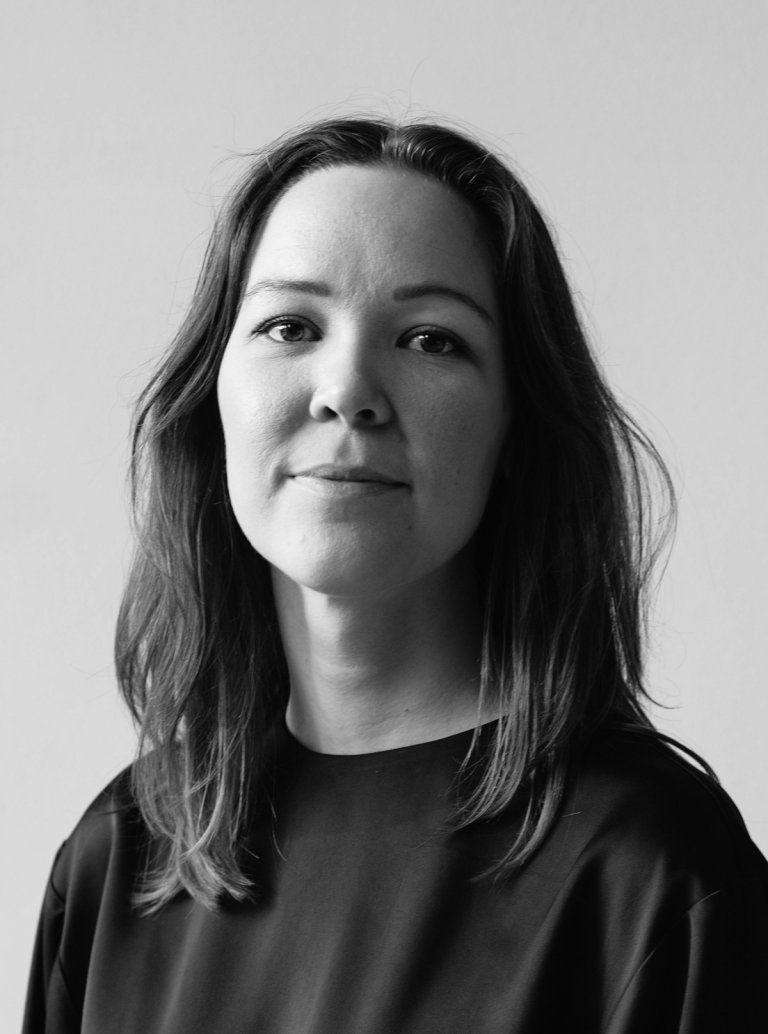
Andrea Kristine Fredriksen
Department: Furniture and spatial design/interior architecture
Nationality: Norwegian
E-mail: and_frd@hotmail.com
Tlf: +47 928 96 643
22.7M19
Can Norway's former central police station be transformed into a place to commemorate the 22nd of July 2011?
The project assumes that the temporary learning centre in the government quarter is to move permanently to Møllergata 19. Based on the events of the 22nd of July 2011, I have examined how Møllergata 19, with its historical past, can facilitate new use. The overall goal has been to investigate how spatial measures affect us.